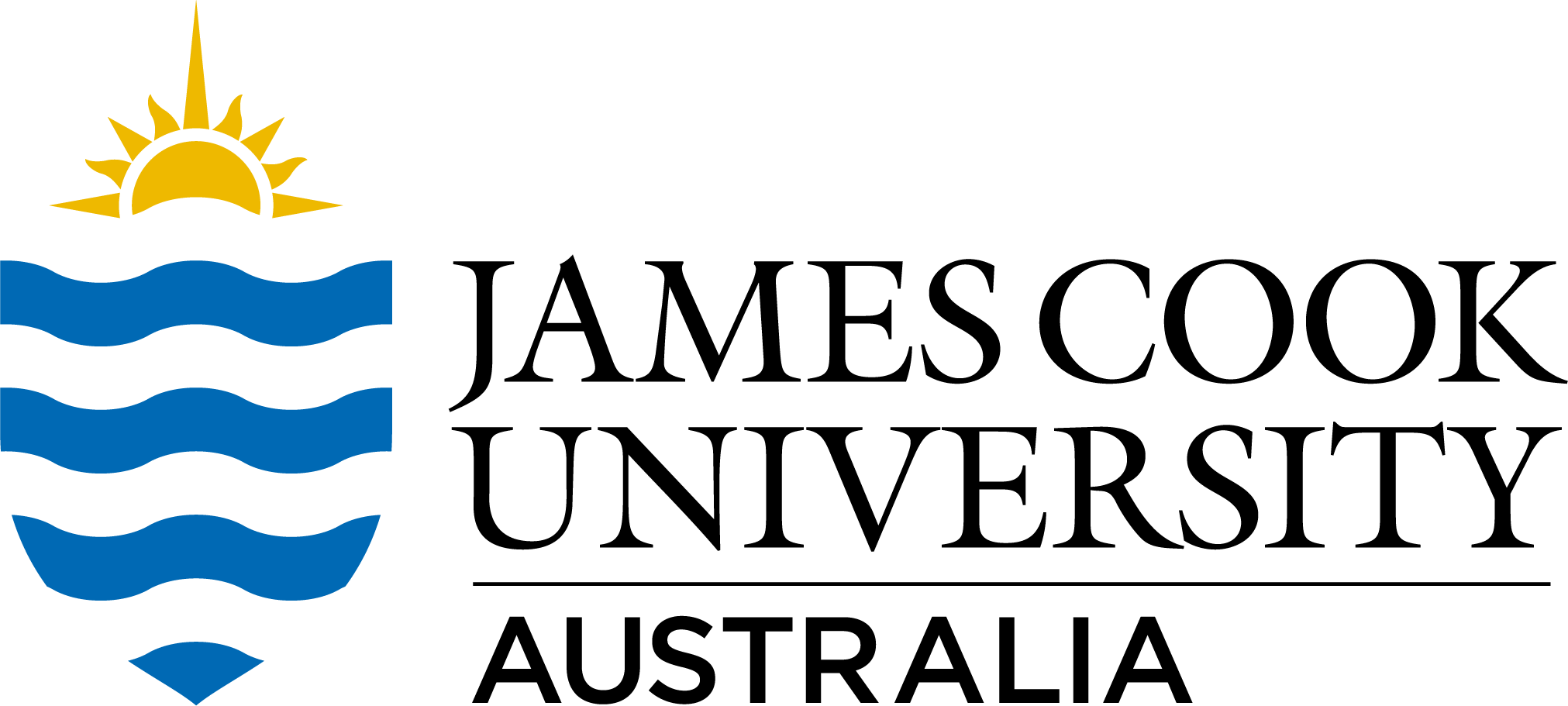Full description
This dataset consists of 3 zip files:
(1) shp - verde_puregion_governance - Shapefile presenting the governance areas for each planning unit used in the model simulations and results described in the paper. The file can be used to present the data included in the paper to create maps.
(2) shp - verde_puregion_habitats - hapefile describing the area of habitats present within each planning unit. This file was used in the data analysis for the models described in the paper. This area of habitat described in the file are in square metres.
(3) Data - Zip folder containing processed data, model results and source code of the models described in the paper. The excel sheets can be used as attributes in the SHP files provided to create maps. The text file included in the folder is the the source code for the models and can be used and edited in MatLab.
Abstract [Related Publication]: Locally-established marine protected areas (MPAs) have been proven to achieve local-scale fisheries and conservation objectives. However, since many of these MPAs were not designed to form ecologically-connected networks, their contributions to broader-scale goals such as complementarity and connectivity can be limited. In contrast, integrated networks of MPAs designed with systematic conservation planning are assumed to be more effective-ecologically, socially, and economically-than collections of locally-established MPAs. There is, however, little empirical evidence that clearly demonstrates the supposed advantages of systematic MPA networks. A key reason is the poor record of implementation of systematic plans attributable to lack of local buy-in. An intermediate scenario for the expansion of MPAs is scaling up of local decisions, whereby locally-driven MPA initiatives are coordinated through collaborative partnerships among local governments and their communities. Coordination has the potential to extend the benefits of individual MPAs and perhaps to approach the potential benefits offered by systematic MPA networks. We evaluated the benefits of scaling up local MPAs to form networks by simulating seven expansion scenarios for MPAs in the Verde Island Passage, central Philippines. The scenarios were: uncoordinated community-based establishment of MPAs; two scenarios reflecting different levels of coordinated MPA expansion through collaborative partnerships; and four scenarios guided by systematic conservation planning with different contexts for governance. For each scenario, we measured benefits through time in terms of achievement of objectives for representation of marine habitats. We found that: in any governance context, systematic networks were more efficient than non-systematic ones; systematic networks were more efficient in broader governance contexts; and, contrary to expectations but with caveats, the uncoordinated scenario was slightly more efficient than the coordinated scenarios. Overall, however, coordinated MPA networks have the potential to be more efficient than the uncoordinated ones, especially when coordinated planning uses systematic methods.
The full methodology is available in the Open Access publication from the Related Publications link below.
Notes
This dataset is available from Dryad in MS Excel (.xlsx) format and as shape files. Dryad data package: Horigue V, Pressey RL, Mills M, Brotanková J, Cabral R, Andrefouet S (2015) Data from: Benefits and challenges of scaling up expansion of marine protected area networks in the Verde Island Passage, Central Philippines. Dryad Digital Repository. https://doi.org/10.5061/dryad.3dp44
Created: 2015-08-25
text: Verde Island Passage, Central Philippines
User Contributed Tags
Login to tag this record with meaningful keywords to make it easier to discover
- Local : researchdata.jcu.edu.au//published/0c8145a870917c945d936ebbc42b3a27
- Local : a7901f7d577f18cdbc837551f53c6418


